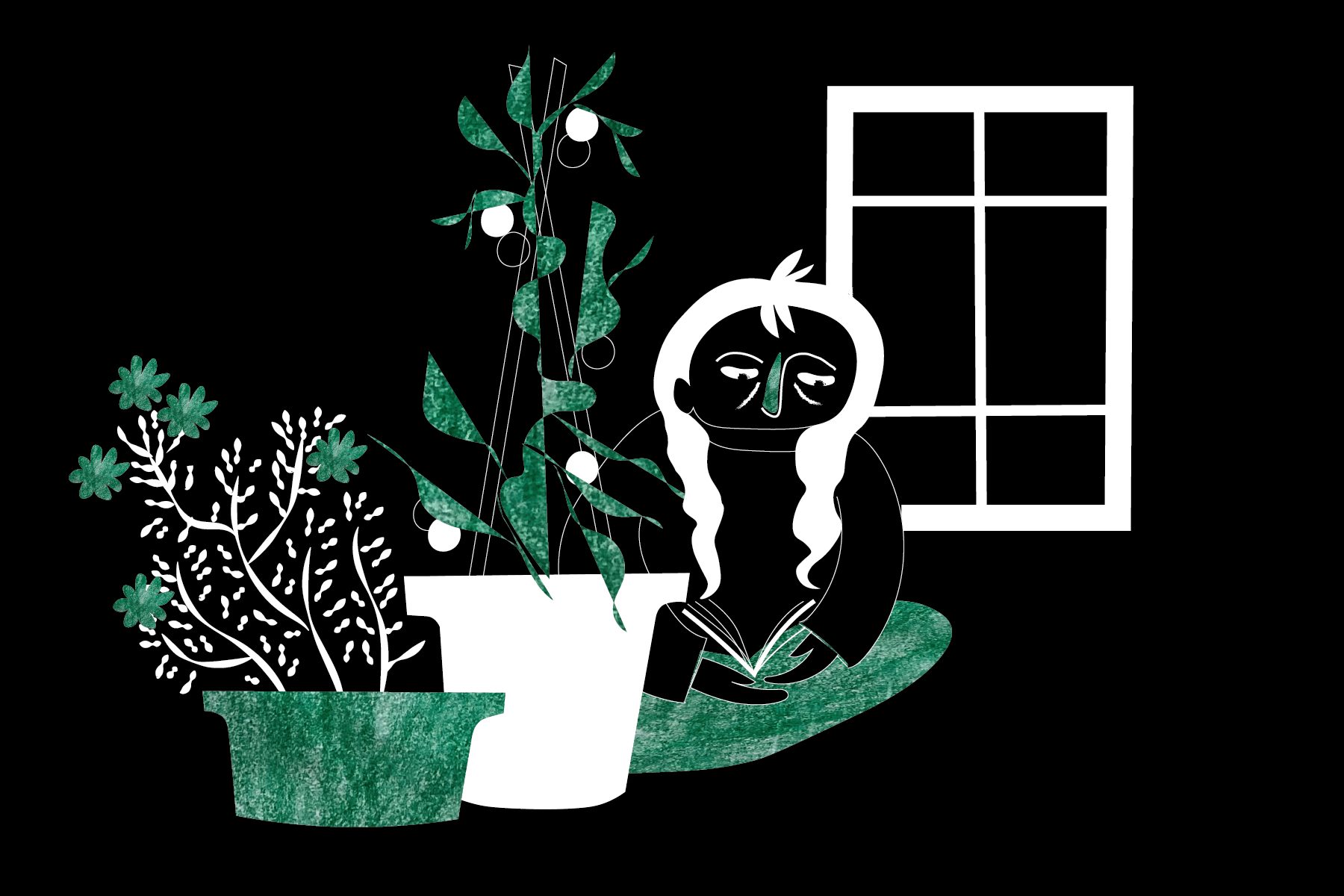Due to stay-at-home orders over the last several months, hobbies have been the name of the game. To take advantage of the summer weather, I strongly urge everyone to start an at-home garden. The garden can take any form and be grown in whatever space is available to you. Here’s why you should give it a try.
Fresh, Healthy Food Without Grocery Store Prices
Most of us strive to fuel our bodies with nutritious foods whenever possible. But let’s face it — microwaved meals and canned foods are often a lot cheaper and more easily accessible than organic produce. Buying local produce is, frankly, not a financially feasible option for everyone. Growing your own fresh produce is an inexpensive alternative, and the end product is fresh, healthy, ultra-local food.
Long-Term Gratification
The era of the smartphone is the era of instant gratification. While notifications are exciting, their thrill is short-lived, and we almost immediately find ourselves looking for another “ping” to satisfy us. In contrast, cultivating plants literally from the ground up is a slow process and requires a lot of patience.
The planting of a seed to the harvesting of a vegetable is a procedure that usually takes several months and requires a lot of attentiveness along the way. Thus, cultivating a garden is an exercise in patience and an application of the timeless adage “good things come to those who wait” (and weed and water).
Environmental Connectedness
Human beings are animals that are part of an ecosystem. Just like bluebirds, fir trees and mushrooms, we also rely on sunlight, water and air for survival. Surrounded by the heavily industrialized landscape that humans created, it is easy to feel disconnected from the natural cycles that we are still part of.
Cultivating plants brings a person a little closer to those natural cycles. By digging your hands into the soil; paying attention to the weeds, bees and other forms of life interested in your plant; and taking care that your plant gets adequate sun and water, you may find yourself reflecting on your own role in the grander ecosystem.
Here are three different versions of at-home gardens. You can choose the method that works best for the space and time available to you.
1. Regrowing Vegetables
This option is great for individuals who don’t have a lot of outdoor space for gardening but would still like to grow fresh food. Regrowing vegetables is a simple and effective way to make food go further.
To begin, all you need are the scraps of your store-bought produce and a jar of water. Some vegetables whose scraps regrow well include celery, carrots (specifically carrot greens), leeks, lettuce, onions, turnips and potatoes. However, almost any vegetable could be added to your list, so feel free to experiment with whatever you have in your kitchen.
Place the scraps of the vegetable into your jar. For it to regrow, either the root, base or greens of the vegetable must still be intact. For example, reuse the stiff part at the bottom of the head of lettuce or the greens of carrots, ideally with some carrot still attached. For more vegetable specific instructions, check out this resource.
Pour about half an inch of water into your jar, just enough to cover the “roots” of the vegetable scraps. Over the course of the next couple of days, keep the water level about the same, and enjoy watching your food source replenish itself. Voila, you’ve grown food from the comfort of your kitchen.
2. Window Garden
Window gardens are an excellent way to get your hands in the dirt without much space. Window gardens are a great option for a potential gardener without much backyard space (such as someone living in an apartment in an urban area), but with access to sunlight via a window.
First, select a window that gets plenty of sunlight. Ideally the window should be in your kitchen, so you won’t forget to water your garden and can simply pick food straight from your window to spice up your cooking concoctions.
A window garden can take whatever form you’d like. If possible, you can install a wooden garden box to hang from your windowsill. If this is too complicated, it works just as well to hang pots from your window using string or line pots along a shelf placed in a window.
Fill your box or pots with soil. From here, you simply select your plants. Herbs such as basil, sage and rosemary tend to thrive in window boxes and pots. For specific planting instructions, check out this resource.
Move over farm-to-table; we’re all about window-to-table!
3. Backyard Garden
If you have any open, non-concrete space in your yard, a backyard garden is a worthwhile endeavor. A little space can go a long way; select a patch of ground that gets plenty of sunlight and dig in. Till the soil in the ground until it feels loose, and then select your seeds.
Depending on space, it would be best to plant just a few of several different types of plants. This increases biodiversity (making your backyard garden an attractive place for pollinators), and it provides you with a variety of harvest materials.
You might consider planting combinations of plants that grow particularly well together and provide each other with nutrients, weed coverage and more. For stellar garden combinations, check out this resource on companion plants.
Backyard gardens require more attention than the other two forms of gardening. Be sure to water your garden when it doesn’t rain and remove invasive weeds that might hinder plant growth. The work will be worth the payoff when your harvest abounds.
What are you waiting for? Go test out your green thumb!

















